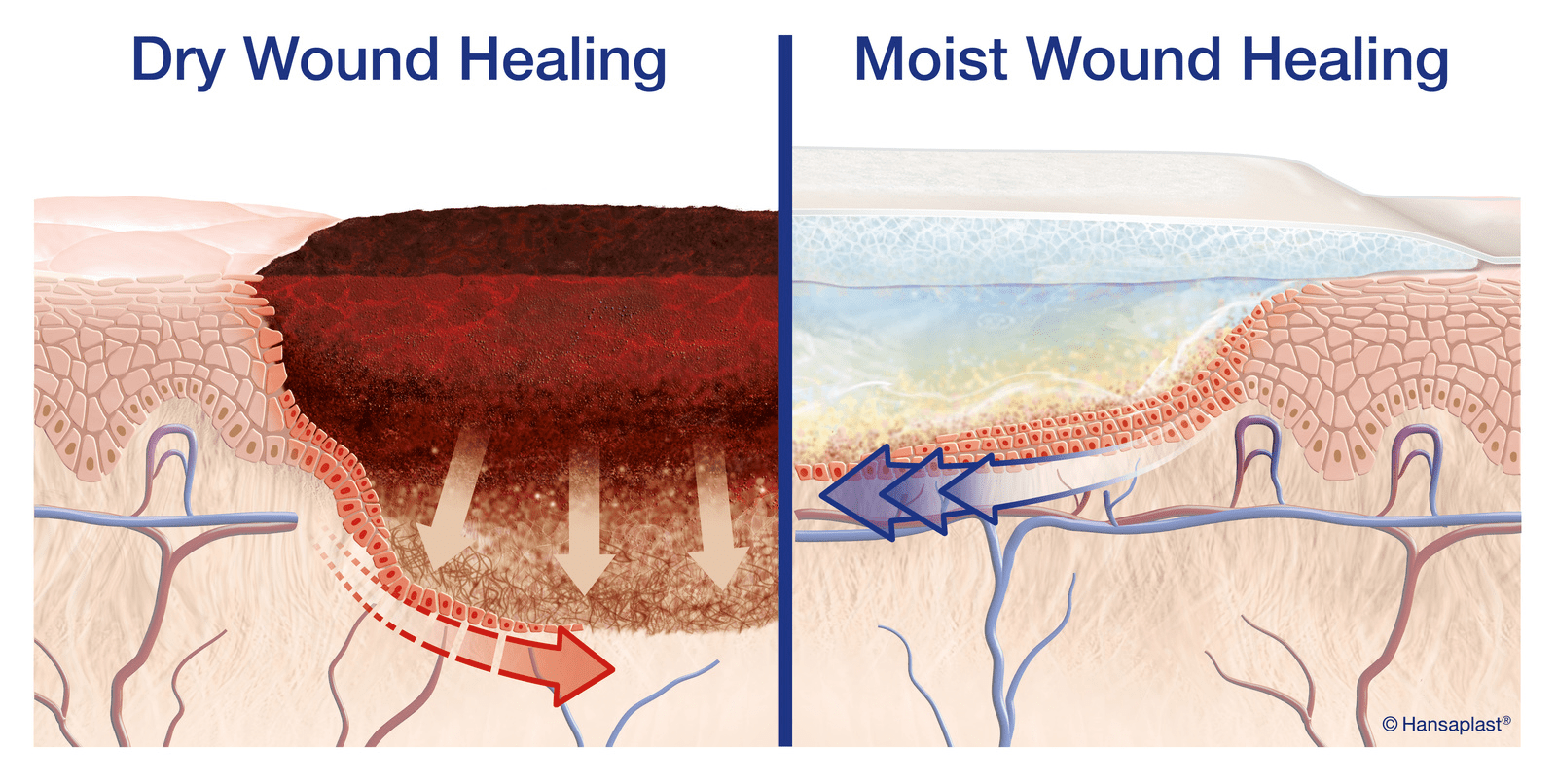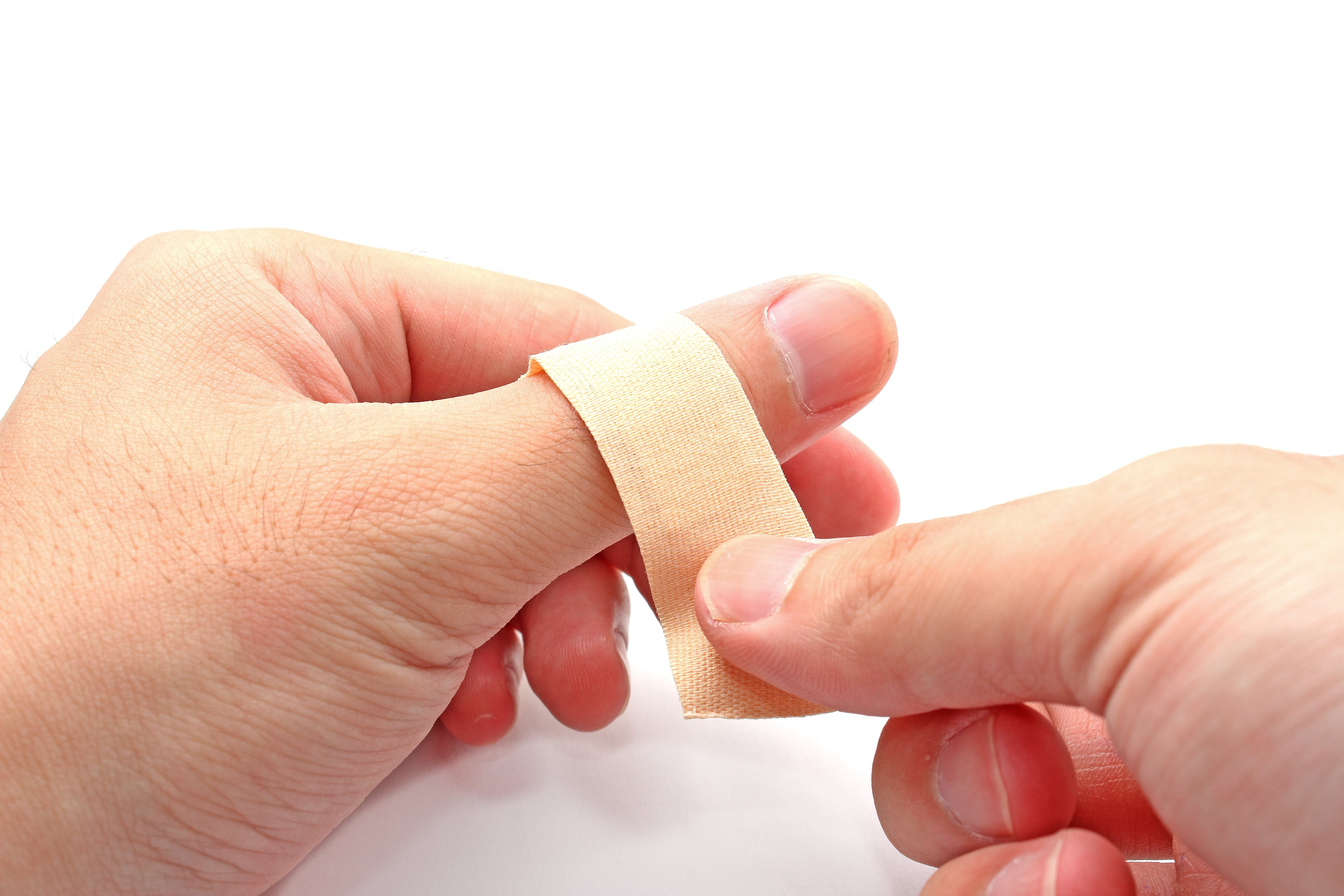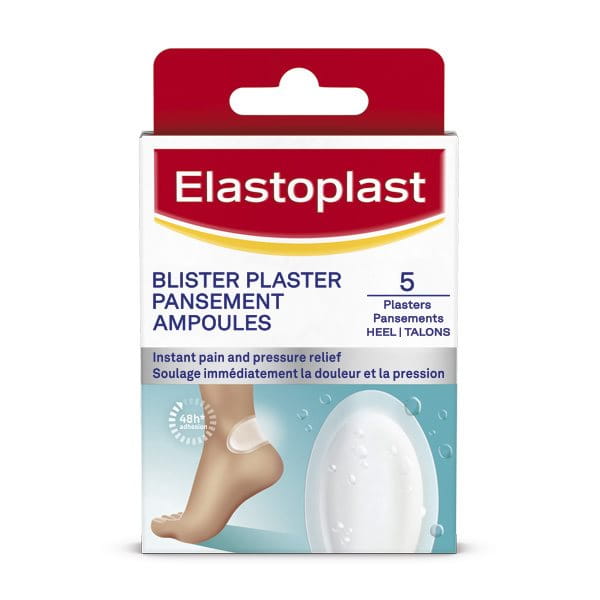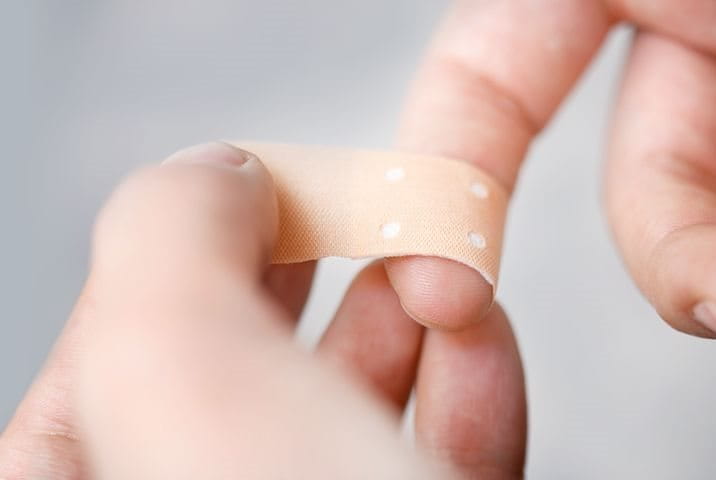When dealing with a cut, one of the most common first-aid steps is to apply a plaster, or bandage, to protect the wound from infection and promote healing. However, knowing how long to keep a plaster on can be difficult, as it depends on factors such as the depth of the cut, its location, and the types of plaster. This guide will help you understand the ideal time to remove the plaster for optimal recovery.
Why use a plaster?
When you get injured or cut yourself, using plasters is crucial to protect your wounds and prevent infections, which supports the healing process. A plaster works by covering your wound, shielding it from external contaminants like dirt, bacteria, and other harmful substances. It also creates a moist environment that speeds up recovery and reduces the risk of scarring. Furthermore, a plaster protects your wound from further irritation, helping the healing process go smoothly.
You might wonder how long you should keep a plaster on and when to change or remove it. Understanding these aspects is key to managing wounds effectively and ensuring proper healing.
Should I let my wound breathe overnight?
Airing wounds out or letting a wound breathe overnight isn’t beneficial or more effective at promoting healing. This is because wounds need moisture to heal, and leaving a wound uncovered may dry out new surface cells which then delays the healing process. Therefore, letting a wound breathe overnight or for a certain period isn’t recommended.
For this reason, moist wound healing and using a plaster is highly recommended when treating a wound, as this provides the best environment for the healing process.

How long should you leave a plaster on?
The length of time to leave a plaster on a cut depends on the type of wound and the specific factors.
Make sure the wound is dry within at least two days. If the plaster becomes wet from blood or any other liquid, it should be changed immediately.
Factors affecting the duration of plaster use
Several factors, such as the severity of the wound, the type of plaster, and the wound’s location, can affect how long you should keep the plaster on.
Size and depth of the cut
The size and depth of a cut can significantly affect how long you should keep a plaster on. Larger and deeper cuts usually need to be covered for a longer time than smaller or shallower wounds. Typically, you should keep a plaster on larger or deeper cuts for about 3 to 5 days. This extra time helps ensure the wound stays protected while it heals and lowers the risk of infection.
However, be sure to check the wound regularly. If the plaster becomes wet, dirty, or starts to peel off, it should be changed promptly.
Different types of plasters and their duration of use
Different types of plasters can influence how long they should be used based on specific features and intended purposes. Here’s how various types can affect the duration of use:
Standard fabric plasters
These are designed for everyday cuts and minor injuries. Standard fabric plasters usually take 1 to 2 days of use and need to be replaced especially if they become wet or dirty.
Elastoplast Fabric Plasters are designed for durable protection and flexibility, making them ideal for covering minor cuts, abrasions, and scrapes. Their strong, breathable fabric adheres securely while allowing the wound to heal comfortably.
To speed up the natural healing process, use fabric plasters along with Elastoplast Wound Spray and the Wound Healing Ointment. This combination supports the healing of minor, superficial wounds such as cuts, abrasions, and scratches.
Waterproof plasters
These plasters are designed to keep the wound dry even if exposed to water. Waterproof plasters are useful if you need to shower or swim while the wound is healing. They can usually stay for 3 to 5 days but should still be checked regularly to make sure they are not compromised.
Elastoplast Water Resistant Plasters are designed to provide reliable protection for minor wounds while repelling water and dirt. They features a breathable material with strong adhesion, making it suitable for daily activities, and have a non-stick pad that cushions the wound while keeping it dry and clean.
Elastoplast Waterproof XL Dressings offer waterproof wound protection for everyday larger or post-operative wounds, with an extra-large wound pad that cushions your wound without sticking to it, providing high comfort during wearing.
Hydrocolloid plasters
Designed to create a moist healing environment, hydrocolloid plasters can often be left on for 5 to 7 days because they don't become soaked. Hydrocolloid plasters are particularly effective for treating blisters, minor burns, and cuts. The material helps to promote faster healing and reduce scarring. However, make sure to check the plaster regularly for signs of leakage or displacement.
Elastoplast Blister Plasters feature a hydrocolloid gel pad that effectively protects blisters and accelerates healing. The hydrocolloid material creates a moist environment that cushions the blister, reducing pain and friction while promoting faster recovery.

Breathable dressings
Breathable dressings may need to be changed every 1 to 2 days, depending on how well they are holding up and whether the wound needs to stay dry or moist. These plasters are often used for wounds that require a balance of moisture and air, such as minor scrapes or cuts that benefit from faster healing through air exposure while still being protected from dirt and bacteria.
Wound location
The location of a wound can also impact how long you should keep a plaster on a cut.
- High movement areas: For wounds on areas of the body that move frequently, such as joints or fingers, you may need to change the plaster more often. The constant movement and friction can cause the plaster to peel off more quickly and may interfere with the healing process.
- Weight bearing areas: Wounds on weight-bearing areas, like the soles of the feet or heels, can cause the plaster to wear out faster. Regular replacement may be necessary to ensure the plaster stays in place and continues to protect the wound effectively.
- Sweaty areas: In locations prone to moisture, such as underarms or groins, the plaster may need to be changed more frequently. Sweat or humidity can weaken the adhesive, causing the plaster to come off prematurely.
- Pressure points: Wounds in areas that experience a lot of pressure or rubbing, such as heels or elbows, might require more frequent changes to keep the wound protected and to avoid discomfort.
When to remove plasters permanently
Plasters should be removed permanently when your wound has either fully healed, or when the plaster is no longer providing effective protection. In general, you should consider removing a plaster when:
- The wound is healed: When the wound is fully closed and no longer needs protection, you can remove the plaster.
- Signs of infection: If you see signs of infection like increased redness, swelling, or pus, take off the plaster and consult a healthcare professional. Learn more about identifying infected wounds here.
- The plaster is loose: If the plaster becomes loose, peels off, or isn’t sticking well, it should be replaced. Once the wound is healed, it’s best to remove the plaster.
- Discomfort: If the plaster is causing discomfort or irritation, it may be time to remove it and check the wound.
Read more about how to remove a plaster painlessly.
The duration for keeping a plaster on a cut depends on the wound’s condition, the type of plaster used, and the wound’s location. Generally, a plaster should stay on until the wound is sufficiently healed, usually within 1 to 7 days. It’s important to check the plaster regularly for signs of wear, such as looseness, soaking, or infection. Adjust the plaster as needed and follow any specific instructions provided. By keeping an eye on both the wound and the plaster, you can ensure effective healing and protection.








